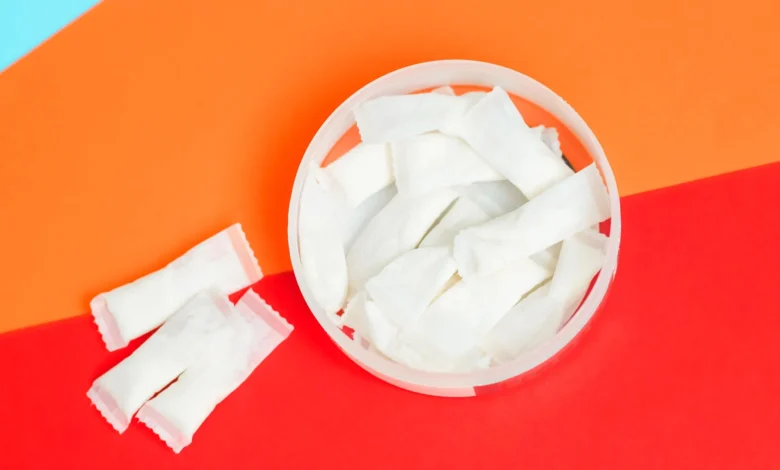The Silent Epidemic: Nicotine Pouch Poisonings Skyrocket Among Young Children

A groundbreaking study spearheaded by researchers at the Abigail Wexner Research Institute at Nationwide Children’s Hospital and the Central Ohio Poison Center has uncovered an alarming trend: a 763% increase in the rate of reported nicotine pouch ingestions among children younger than 6 years old between 2020 and 2023. This rapid escalation, detailed in the peer-reviewed journal Pediatrics, signals an urgent public health crisis and demands immediate, targeted research and policy interventions to safeguard young lives.
Key Research Findings:
- Unprecedented Surge: Nicotine pouch ingestions by young children have increased at an alarming rate, even as ingestions of other nicotine formulations have declined. Nicotine pouches were not tracked in national poison center data until 2020, making this sudden surge particularly striking.
- Higher Severity of Outcomes: The study found that nicotine pouch ingestions were more frequently associated with serious medical outcomes or hospital admissions when compared to other nicotine products like e-liquids, gum, or lozenges. This suggests a potentially higher toxicity or more rapid absorption rate when pouches are ingested by children.
- Young Children Affected: Most ingestions occurred at home and involved children under the age of 2, highlighting their inherent curiosity and susceptibility to attractive, yet dangerous, household items.
- Lessons from Past Legislation: The research provides compelling evidence that legislative action can be effective. A significant decrease in liquid nicotine ingestions from 2015-2023 correlated with the passage of the Child Nicotine Poisoning Prevention Act of 2015, which mandated child-resistant packaging. This underscores the potential impact of targeted regulations on product safety.
- The Lure of Flavors and Packaging: Experts emphasize that many nicotine products are flavored and sold in colorful, discreet packaging, making them highly attractive and easily mistaken for candy by young children. Ingestion can lead to a rapid and dangerous intake of nicotine, a potent neurotoxin.
Implications for Research and Public Health:
This study serves as a critical research alert for public health professionals, toxicologists, pediatricians, and policymakers worldwide. The rapid proliferation and unique risk profile of nicotine pouches necessitate:
- Enhanced Surveillance and Data Collection: Continuous, detailed tracking of nicotine pouch exposures is essential to monitor trends, identify emerging risks, and evaluate the effectiveness of prevention strategies.
- Toxicological Research: Further research is needed to understand the specific pharmacokinetics of nicotine when ingested from pouches by young children, including absorption rates, peak plasma concentrations, and the dose-response relationship to various symptoms.
- Product Design and Packaging Standards: Research into optimal child-resistant packaging for nicotine pouches is critical, alongside investigations into the impact of flavorings and product appearance on accidental ingestion rates.
- Effectiveness of Flavor Bans: Studies are required to rigorously evaluate the impact of flavor bans on all nicotine products, not only on deterring youth initiation but also on reducing accidental ingestions by young children.
- Behavioral Interventions: Research into effective public awareness campaigns and parental education strategies tailored to the specific risks of nicotine pouches is paramount. This includes exploring the most effective ways to communicate safe storage practices and the dangers of using such products in the presence of children.
- Policy Evaluation: Ongoing research to assess the real-world impact of legislative interventions, both existing and proposed, on reducing nicotine poisonings in children.
As the nicotine product market continues to evolve rapidly, the findings from Nationwide Children’s Hospital and the Central Ohio Poison Center underscore the urgent need for a proactive, evidence-based approach to protect our precious children.



